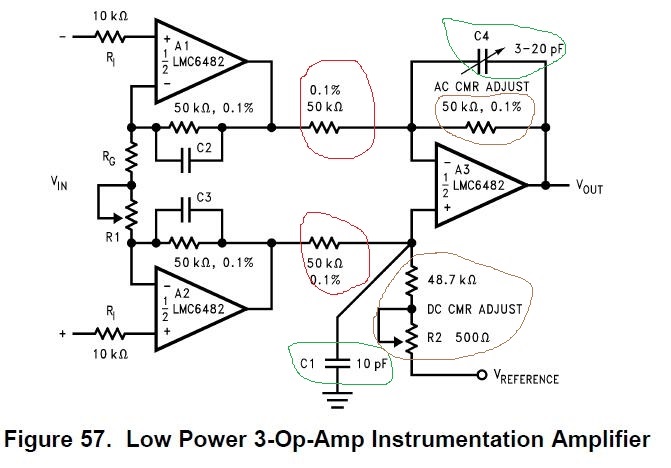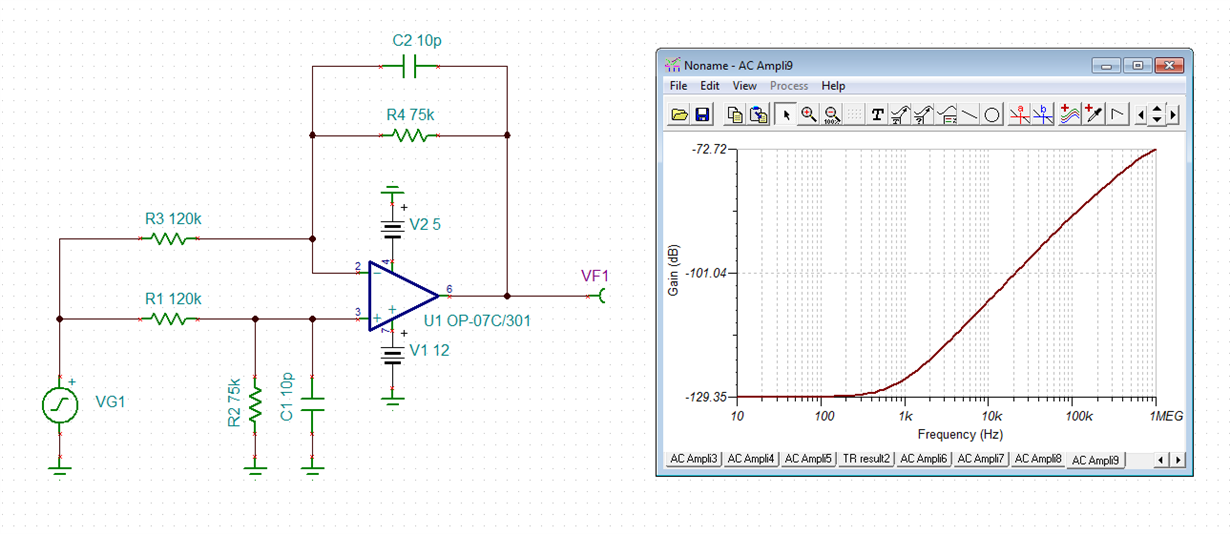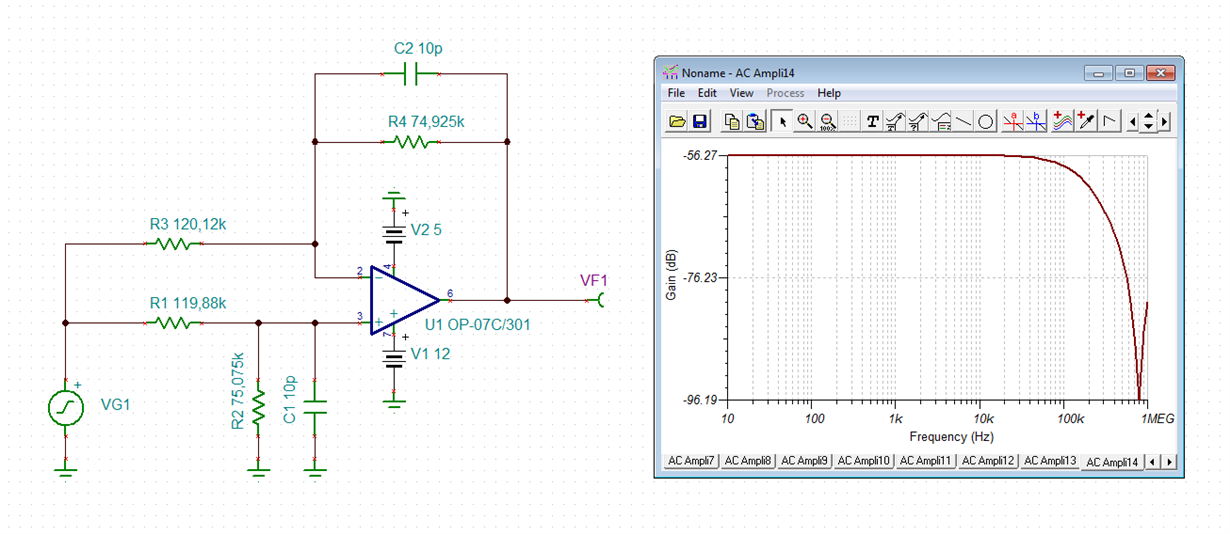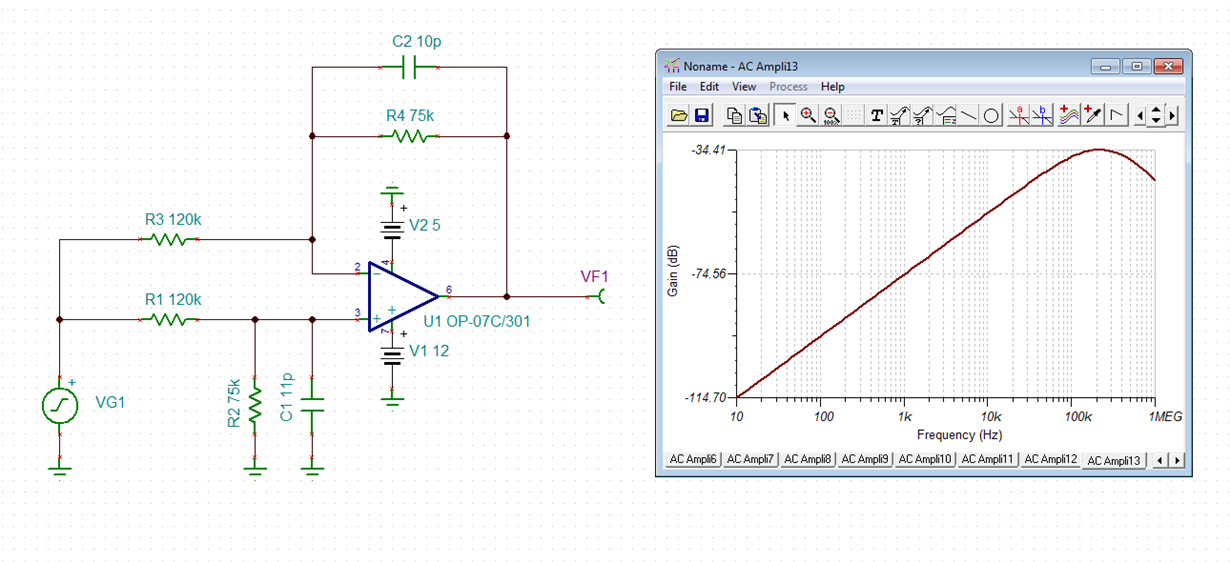Part Number: OP07C
Hi kai!
As shown in the following figure:
The red marked resistor and the brown mark resistor constitute the differential circuit of 1:1.The capacitance of C1 and C4 constitutes compensation capacitance.As you can see from the diagram, the value of capacitance is usually 0~20P?The resistance of red and brown marks must be equal?If I use a red mark with a resistance of 120 K (0.1%) and a brown mark with a resistance of 75 K (0.1%), how can I determine my compensation capacitance?In addition, when I add a compensation capacitor to the circuit, how do I verify that the capacitance has played a role? Can we see the change of output waveform with oscilloscope?Thank you!
How should C38 and C46 be selected in the above image?







